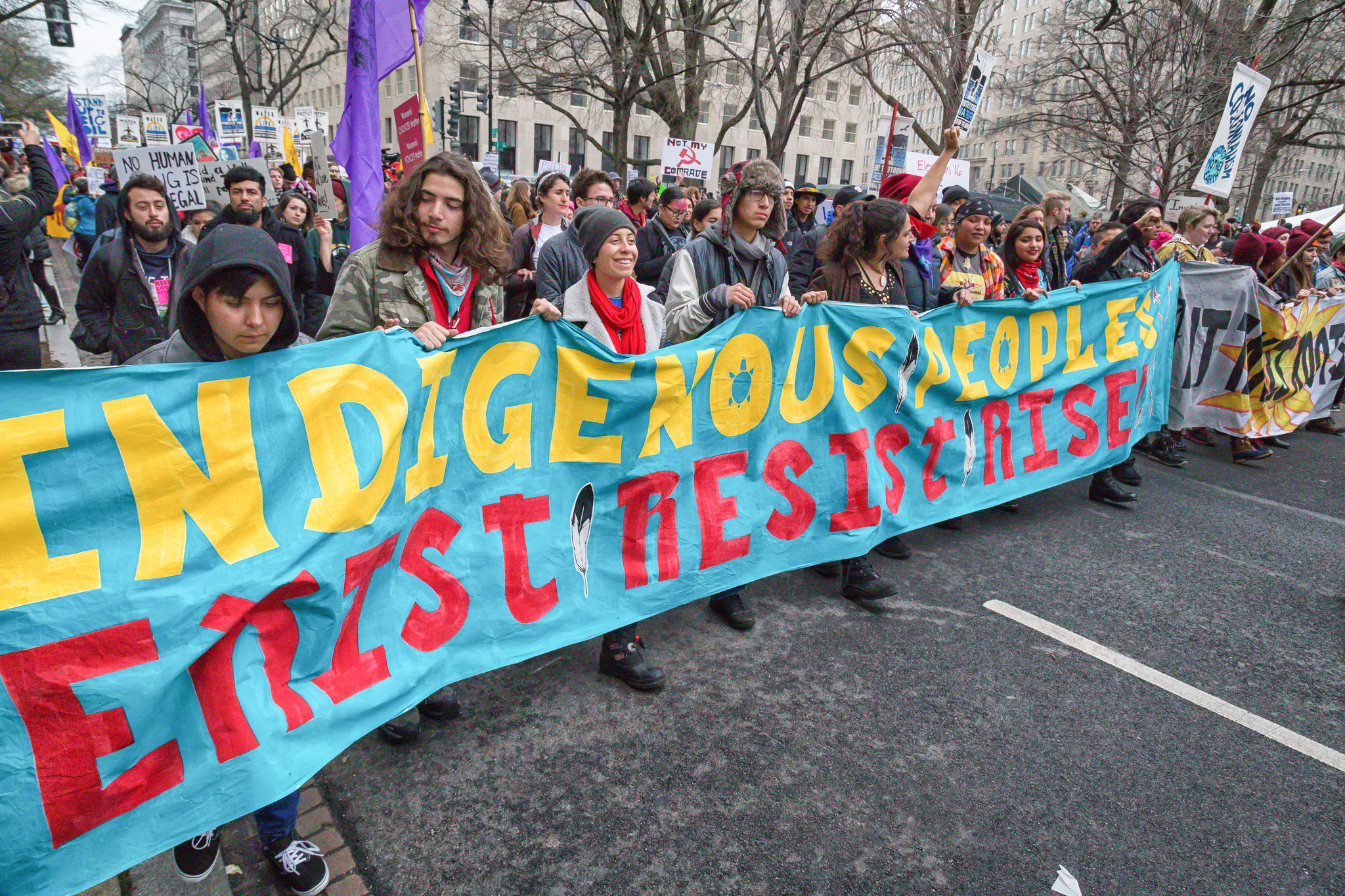Do Indigenous women’s lives matter in America? The horrific treatment of a Native American woman who was raped while in a persistent vegetative* state suggests not, especially when they are also disabled. The 29 year old, a member of the San Carlos Apache tribe who has been severely incapacitated since a near-drowning accident 14 years ago, gave birth at an “assisted living” facility on the 29th December 2018.
*Using the word ‘vegetative’ to describe a living human being is undeniably offensive and I hate to use it about this woman. However, there is no alternative wording that is completely factually accurate. I will use PVS for the rest of the article to refer to her condition, but I wish there was a better equivalent.
Despite being in round-the-clock care, none of the people caring for this vulnerable woman had noticed that she was pregnant. It was only when she started moaning that staff realised there was something wrong and an examination revealed that she was giving birth.
Early reports suggested that police were investigating a “possible assault” following the victim’s ordeal. Quite how her getting pregnant was considered to be anything other than confirmed, indisputable rape is something that alarmed many. There are no circumstances in which a person in a PVS can consent to sex. None. For her to get pregnant, somebody implanted semen into her body non-consensually. This was not a “possible” assault. It was confirmed.
Her family issued a statement through a lawyer. They said: “The family obviously is outraged, traumatized and in shock by the abuse and neglect of their daughter at Hacienda Healthcare. The family is well aware of the intense news and public interest in their daughter’s case, but at this time is not emotionally ready to make a public statement. The family would like me to convey that the baby boy has been born into a loving family and will be well cared for”.
The male staff at the centre are to be DNA tested and their tests will be matched with the baby. I hope that steps have already been taken to protect the other residents at the facility, especially any other Native women, but given the breadth of Missing and Murdered Indigenous Women investigations (and lack of investigation, most pointedly), we know that Native American women are particularly vulnerable to abuse and disappearance. To “being disappeared”. The victim in this case is unusually visible, though I can’t help but wonder whether the outrage that we have seen would have been to the same degree if the news had reported from the outset that this was an Indigenous woman.
Even simply because she was disabled, I wondered whether the people we rely on to speak out would care enough to do so. When I sent my first tweet about the case, it waited a few hours before anybody picked up on it. Later, I was pleasantly surprised when I saw more mainstream, non-disabled women sharing information on the case.
I should not have to be pleasantly surprised to see non-disabled women care about disabled women.
Whether it is that we are being sterilised against our will or against our knowledge, or put away inside a care home for elderly people when we are 30 because nobody will fund at-home care, or whether we are being left destitute with no money, or whether we can’t find anywhere to live because everywhere has bloody steps, disabled women shout and rarely get heard. We are facing so many issues in the modern world, dealing with prejudice and austerity, as well as the intersecting oppressions of being from a minority ethnic community or being LGBT or being older or being working class. Factors that should make everyone who cares about social justice listen! But add that mobility aid or hearing aid or guide dog and now the issue is greeted with silence.
Again and again.
If you give the woman mental health problems, you can double the discrimination against her. Same if she is learning disabled. Triple it if she can’t communicate with you. Or you can’t communicate with her.
And if you give that woman no way to speak out, like the woman in the Hacienda Healthcare Facility in Arizona, she is truly silenced.
Disabled people who have the highest care needs tend to be those at the highest risk of abuse. They also tend to be the least studied, due to difficulties with communication and a general disinterest in the most profoundly disabled people’s rights. So this heightened vulnerability comes with heightened risk of being deliberately targeted by abusers, who gain work at their homes in order to perpetuate sexual and physical assaults on the people who are least able to report on them.
This baby was this woman’s voice. She could not tell anybody she had been raped, and she couldn’t even tell anybody that she was pregnant or in labour, but this baby – born healthy, which is far from guaranteed in such circumstances – is literal living proof of her ordeal. Her family has promised to love and care for him, and his genes could solve his mother’s brutal assault case.
Photo: Mobilus in Mobili

